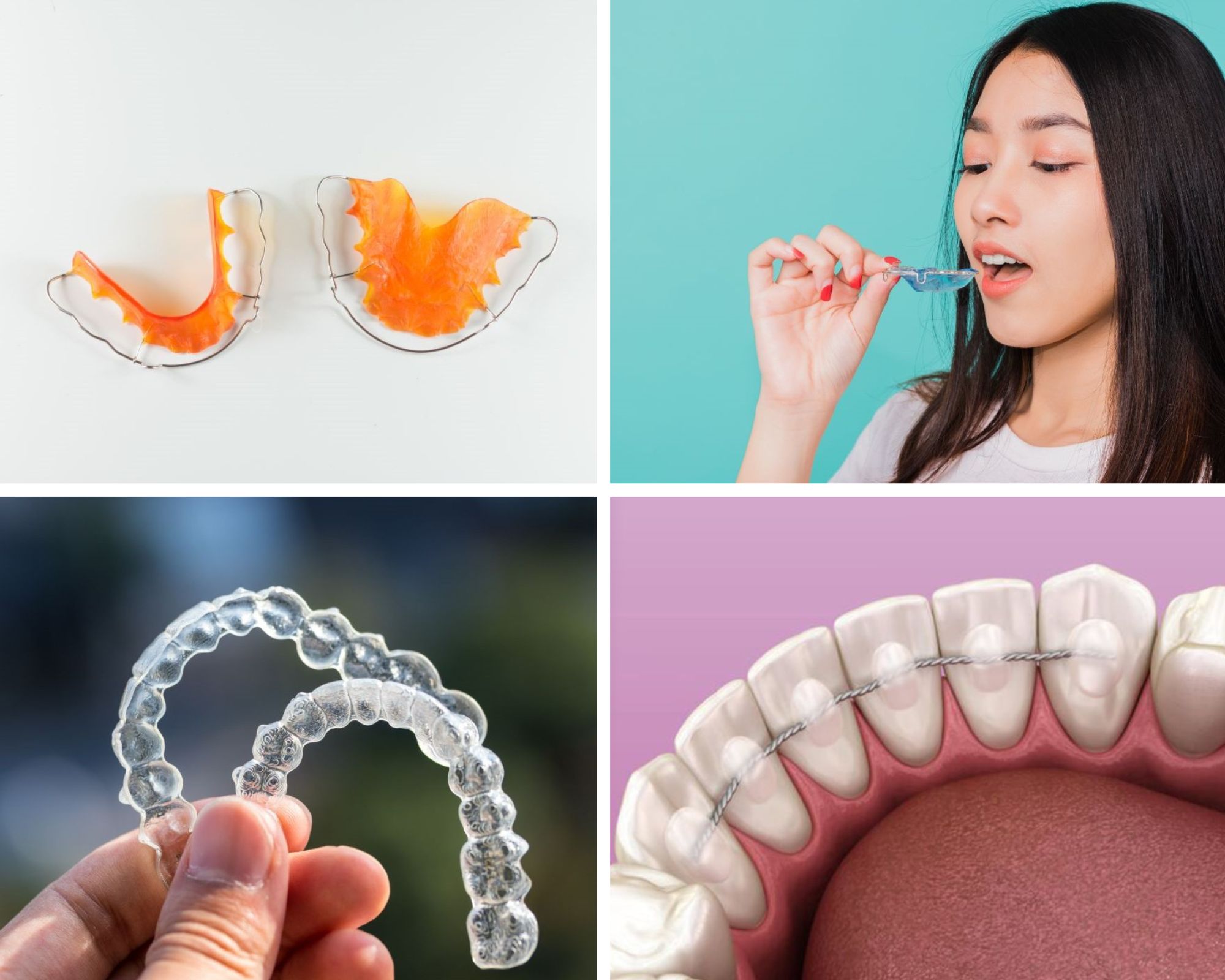After completing your orthodontic treatment, your dentist will recommend wearing a retainer, also called a stabilizer, to keep your teeth in their new positions. Orthodontic treatments, such as braces or clear aligners, work by applying controlled pressure to move teeth. This process stimulates bone growth on one side and bone resorption on the other to create space for the teeth to shift.
However, even after braces are removed, teeth tend to "remember" their original positions and can gradually move back over time. This is especially true in adults, whose teeth are more likely to shift due to the natural ageing process and changes in the mouth. Wearing a retainer helps prevent this unwanted movement by holding your teeth in their new positions, protecting the results of your treatment, and avoiding the need for further correction.
Whether you’ve chosen invisible aligners or traditional metal braces, retention is the next crucial phase after completing your orthodontic treatment. But what types of dental retainers are available? How long should you wear them? And what are the best cleaning tips for retainers? Read to learn more.
What Are the Different Types of Retainers
Whether you have chosen clear aligners or traditional metal braces for your orthodontic treatment, dentists will recommend wearing a retainer to ensure the best results. There are three main types of orthodontic retainers available on the market:
1. Hawley Retainer
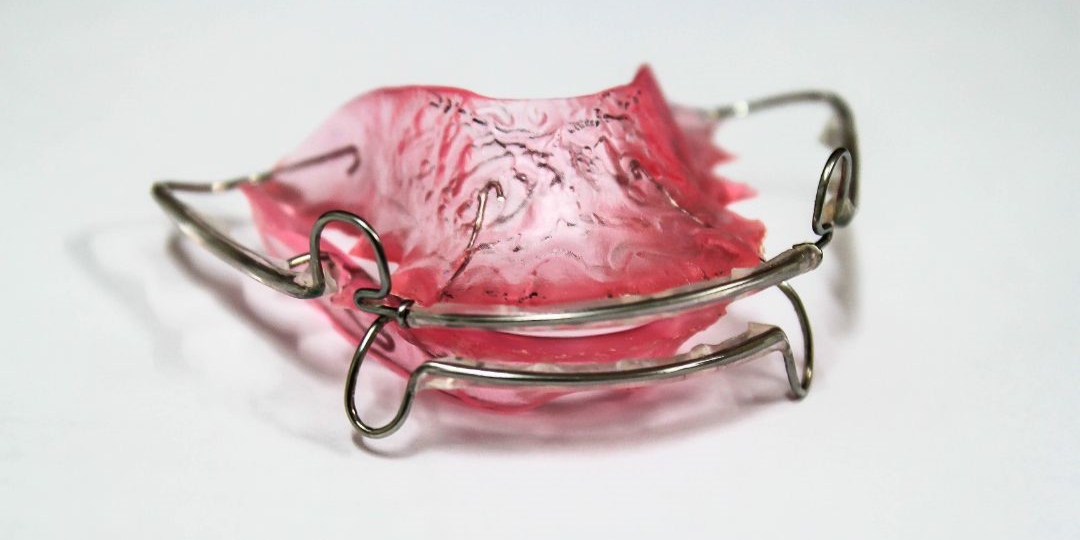 Pros: Durable; long-lasting.
Cons: Less comfortable; takes time to adjust.
Pros: Durable; long-lasting.
Cons: Less comfortable; takes time to adjust.
The Hawley retainer is the most traditional type, consisting of an acrylic base with a stainless steel wire that fits the roof of your mouth or under your tongue. While it is bulkier and may take longer to get used to, it is highly durable, often lasting 2 to 3 years with proper maintenance. Hawley retainer costs from $500. They are available at most dental clinics. Dentists usually recommend this type of retainer after traditional braces treatment.
2. Clear Retainer
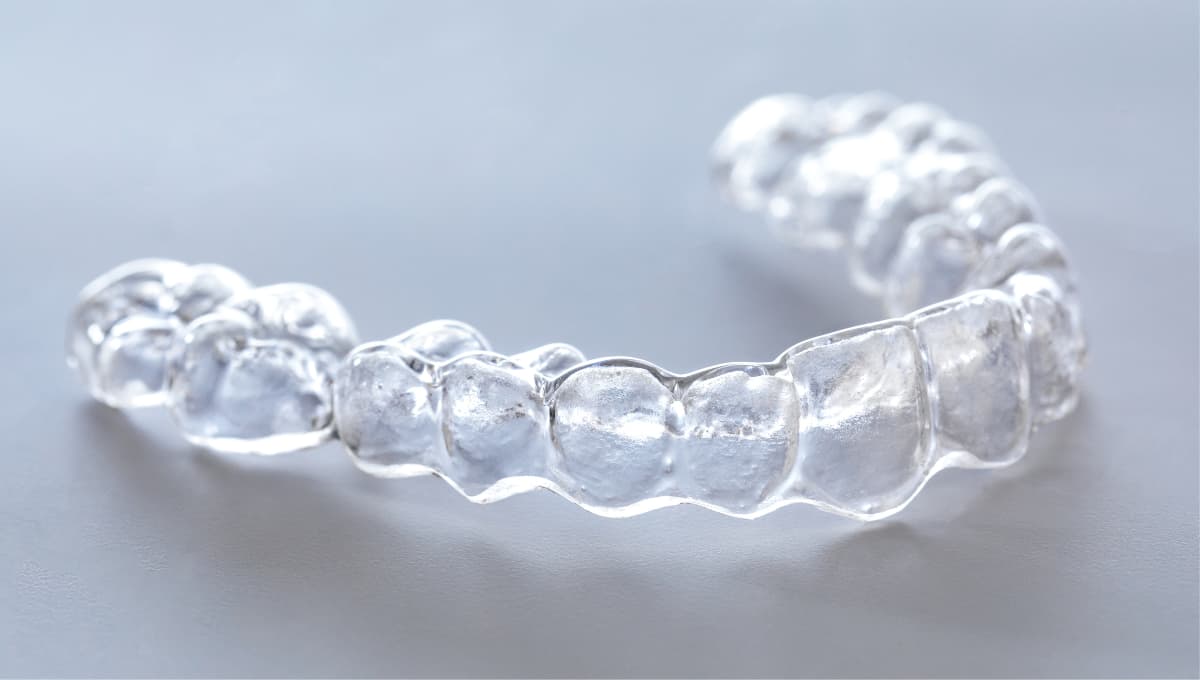 Pros:
Pros: Aesthetic; almost invisible.
Cons: Shorter lifespan; prone to wear and tear.
Clear orthodontic retainers (also known as essix retainers) are entirely transparent and resemble clear dental trays. They are removable, making them a more aesthetic option. However, they have a shorter lifespan and are more prone to damage. Continuous use in the mouth can lead to material degradation and plaque accumulation. The transparent retainers may need replacing once a year. Essix retainers are typically priced from $200 per arch (lower or upper) depending on the material and clinic. Most orthodontists and dental clinics offer them.
3. Fixed Retainer
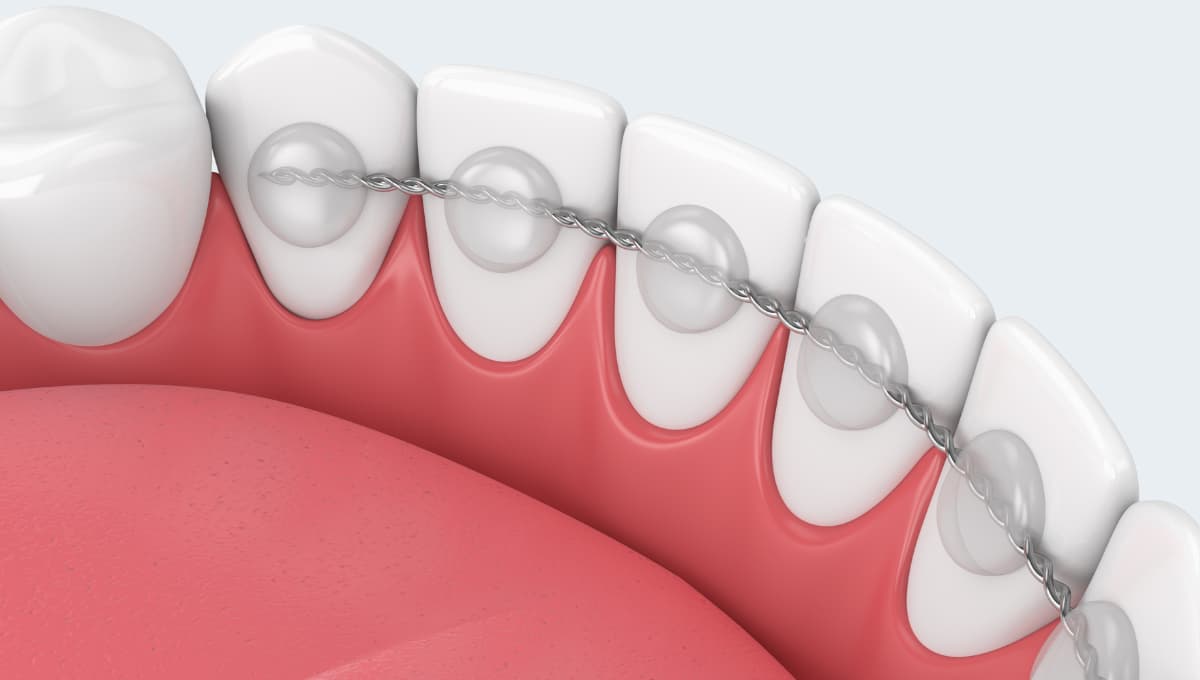 Pros: No need to remove; reduces the risk of forgetting to wear it.
Cons: Difficult to clean; requires prompt repairs if it becomes loose.
Pros: No need to remove; reduces the risk of forgetting to wear it.
Cons: Difficult to clean; requires prompt repairs if it becomes loose.
Fixed retainers (or bonded retainers) involve a wire bonded to the back of your teeth using dental cement or composite resin. Typically, this wire connects six consecutive teeth. While convenient since you don’t have to remove and wear it daily, this permanent retainer type can be challenging to clean. If it loosens, you must visit your dentist quickly to prevent teeth from shifting. Fixed retainers' prices start from $350 in Singapore and can go up to $600 per arch. Your dentist or orthodontist who handled your braces or aligners can install this retainer.
How Long to Wear Your Retainers
Dentists generally recommend wearing a retainer for at least six months to a year after orthodontic treatment. During this period, you should wear the retainer for 20 to 22 hours daily to help your teeth adapt to their new positions. After this initial phase, you can switch to wearing the retainer only at night. Some studies suggest that lifelong retainer use ensures the best long-term results.
How to Clean Retainers
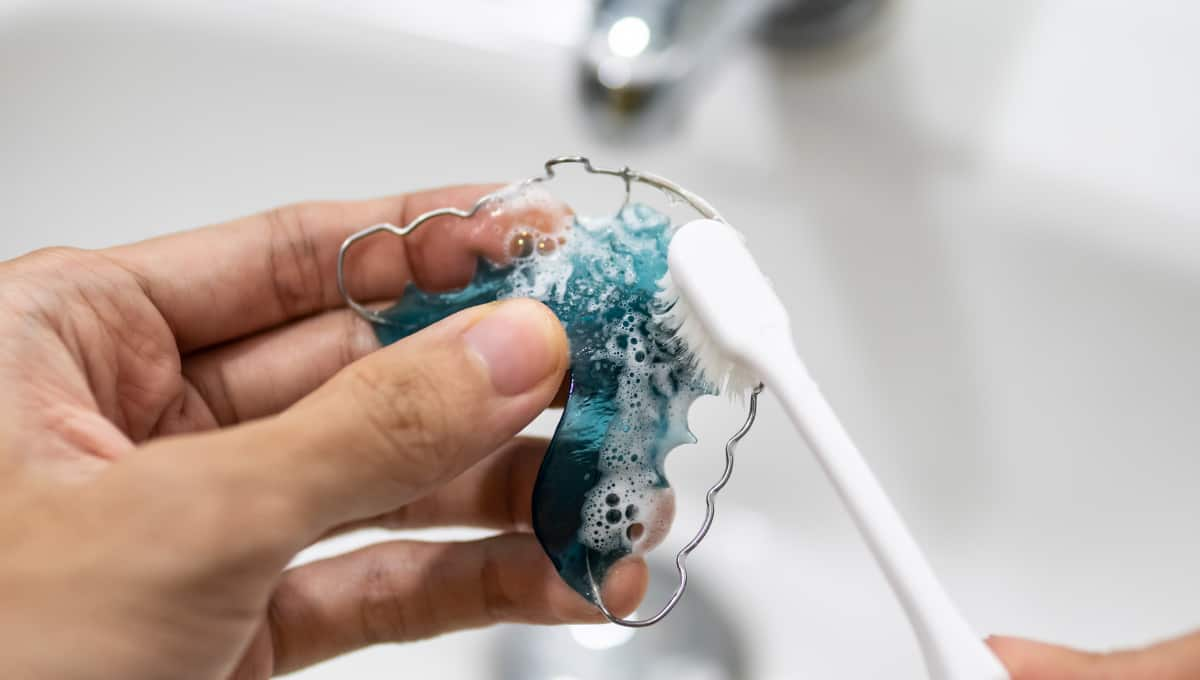
Retainers are your “lifetime companion” after orthodontic treatment, so proper cleaning is essential.
Removable Retainers: Soak your retainer in a specialised cleaning solution to remove plaque, and use a separate toothbrush to clean it thoroughly. Avoid using the same toothbrush for your teeth, as the retainer’s wires can damage the bristles, potentially harming your teeth and gums.
Fixed Retainers: Use a floss threader to clean around the retainer and between your teeth, or use a water flosser for more thorough cleaning. Daily use of mouthwash can also help reduce plaque build-up on the retainer.
For more in-depth cleaning tips, read our
comprehensive guide on cleaning orthodontic retainers.
Now that you know more about the types of retainers and how to clean them, did you know that Dr Clear Aligners offers a range of retainer options? If your teeth have shifted due to not wearing a retainer, contact us to complete a
free online smile assessment and receive a personalised orthodontic plan.

 Pros: Durable; long-lasting.
Cons: Less comfortable; takes time to adjust.
The Hawley retainer is the most traditional type, consisting of an acrylic base with a stainless steel wire that fits the roof of your mouth or under your tongue. While it is bulkier and may take longer to get used to, it is highly durable, often lasting 2 to 3 years with proper maintenance. Hawley retainer costs from $500. They are available at most dental clinics. Dentists usually recommend this type of retainer after traditional braces treatment.
Pros: Durable; long-lasting.
Cons: Less comfortable; takes time to adjust.
The Hawley retainer is the most traditional type, consisting of an acrylic base with a stainless steel wire that fits the roof of your mouth or under your tongue. While it is bulkier and may take longer to get used to, it is highly durable, often lasting 2 to 3 years with proper maintenance. Hawley retainer costs from $500. They are available at most dental clinics. Dentists usually recommend this type of retainer after traditional braces treatment.
 Pros: Aesthetic; almost invisible.
Cons: Shorter lifespan; prone to wear and tear.
Clear orthodontic retainers (also known as essix retainers) are entirely transparent and resemble clear dental trays. They are removable, making them a more aesthetic option. However, they have a shorter lifespan and are more prone to damage. Continuous use in the mouth can lead to material degradation and plaque accumulation. The transparent retainers may need replacing once a year. Essix retainers are typically priced from $200 per arch (lower or upper) depending on the material and clinic. Most orthodontists and dental clinics offer them.
Pros: Aesthetic; almost invisible.
Cons: Shorter lifespan; prone to wear and tear.
Clear orthodontic retainers (also known as essix retainers) are entirely transparent and resemble clear dental trays. They are removable, making them a more aesthetic option. However, they have a shorter lifespan and are more prone to damage. Continuous use in the mouth can lead to material degradation and plaque accumulation. The transparent retainers may need replacing once a year. Essix retainers are typically priced from $200 per arch (lower or upper) depending on the material and clinic. Most orthodontists and dental clinics offer them.
 Pros: No need to remove; reduces the risk of forgetting to wear it.
Cons: Difficult to clean; requires prompt repairs if it becomes loose.
Fixed retainers (or bonded retainers) involve a wire bonded to the back of your teeth using dental cement or composite resin. Typically, this wire connects six consecutive teeth. While convenient since you don’t have to remove and wear it daily, this permanent retainer type can be challenging to clean. If it loosens, you must visit your dentist quickly to prevent teeth from shifting. Fixed retainers' prices start from $350 in Singapore and can go up to $600 per arch. Your dentist or orthodontist who handled your braces or aligners can install this retainer.
Pros: No need to remove; reduces the risk of forgetting to wear it.
Cons: Difficult to clean; requires prompt repairs if it becomes loose.
Fixed retainers (or bonded retainers) involve a wire bonded to the back of your teeth using dental cement or composite resin. Typically, this wire connects six consecutive teeth. While convenient since you don’t have to remove and wear it daily, this permanent retainer type can be challenging to clean. If it loosens, you must visit your dentist quickly to prevent teeth from shifting. Fixed retainers' prices start from $350 in Singapore and can go up to $600 per arch. Your dentist or orthodontist who handled your braces or aligners can install this retainer.
 Retainers are your “lifetime companion” after orthodontic treatment, so proper cleaning is essential.
Removable Retainers: Soak your retainer in a specialised cleaning solution to remove plaque, and use a separate toothbrush to clean it thoroughly. Avoid using the same toothbrush for your teeth, as the retainer’s wires can damage the bristles, potentially harming your teeth and gums.
Fixed Retainers: Use a floss threader to clean around the retainer and between your teeth, or use a water flosser for more thorough cleaning. Daily use of mouthwash can also help reduce plaque build-up on the retainer.
For more in-depth cleaning tips, read our comprehensive guide on cleaning orthodontic retainers.
Now that you know more about the types of retainers and how to clean them, did you know that Dr Clear Aligners offers a range of retainer options? If your teeth have shifted due to not wearing a retainer, contact us to complete a free online smile assessment and receive a personalised orthodontic plan.
Retainers are your “lifetime companion” after orthodontic treatment, so proper cleaning is essential.
Removable Retainers: Soak your retainer in a specialised cleaning solution to remove plaque, and use a separate toothbrush to clean it thoroughly. Avoid using the same toothbrush for your teeth, as the retainer’s wires can damage the bristles, potentially harming your teeth and gums.
Fixed Retainers: Use a floss threader to clean around the retainer and between your teeth, or use a water flosser for more thorough cleaning. Daily use of mouthwash can also help reduce plaque build-up on the retainer.
For more in-depth cleaning tips, read our comprehensive guide on cleaning orthodontic retainers.
Now that you know more about the types of retainers and how to clean them, did you know that Dr Clear Aligners offers a range of retainer options? If your teeth have shifted due to not wearing a retainer, contact us to complete a free online smile assessment and receive a personalised orthodontic plan.
